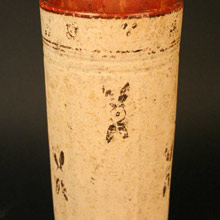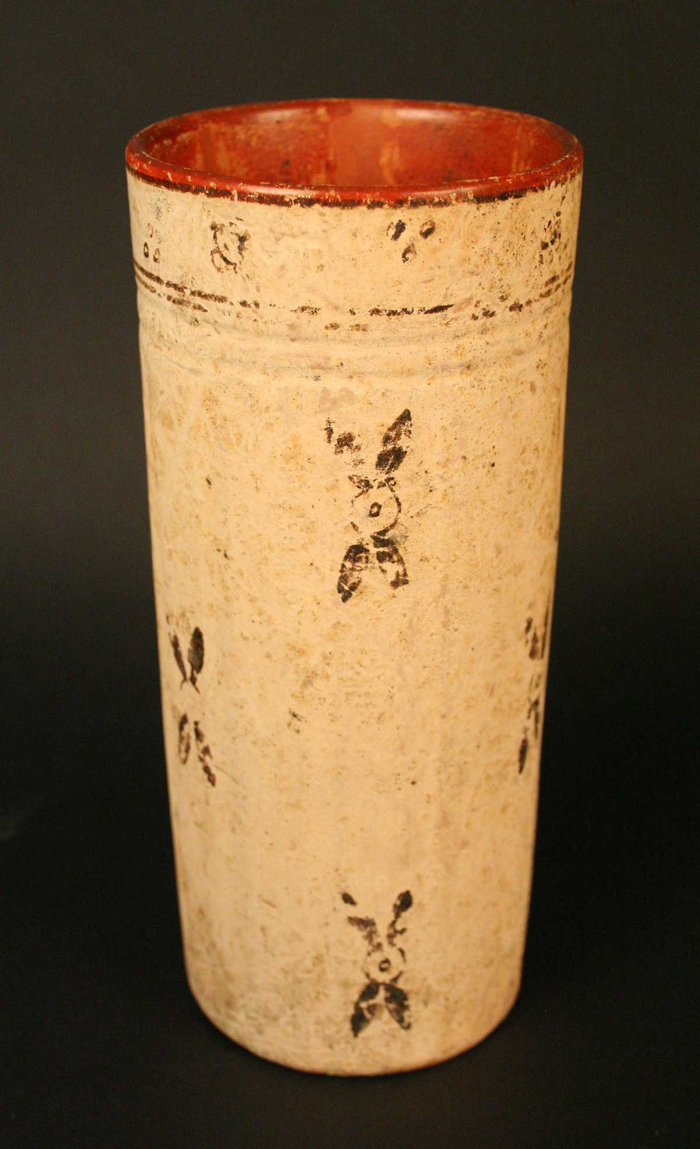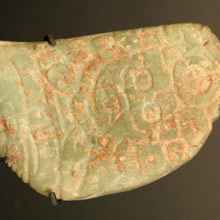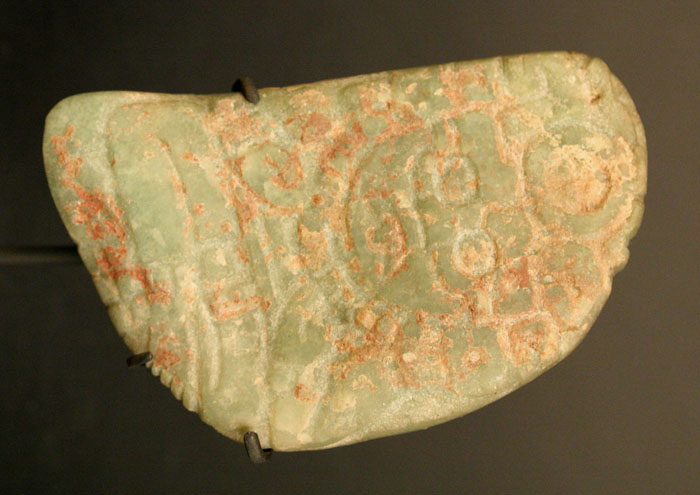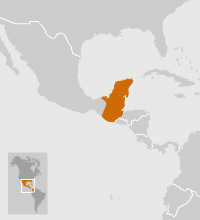The Maya civilization extended over a large area, from present-day south-central Mexico to Guatemala and Honduras. The area has three distinct geographic regions—the mountains and highlands, the tropical jungle lowlands, and the lowlands of the Gulf of Mexico and the Yucatan Peninsula—each with its own landscape and natural resources. During the Classical Period, the Mayans lived in the highlands and lowlands, in which Tikal and Kaminaljuyú were their major population centers, respectively.
How to Arrive
El Museo se encuentra ubicado en pleno centro de Santiago, en la esquina de las calles Bandera y Compañía, a una cuadra de la Plaza de Armas.
Tickets
Chileans and resident foreigners: $1,000 Foreigners: $8,000 Chilean students and resident foreigners: $500 Foreign students: $4,000
Guided Visit
El Museo cuenta con un servicio de guías, sin costo adicional, para los establecimientos educacionales.
Information for Teachers
Invitamos especialmente a coordinarse con alguno de nuestros guías para programar una visita o actividades de motivación y seguimiento que aprovechen de la mejor forma la experiencia de visitarnos.
Audioguides
Download recordings of the Permanent Exhibition display texts in English, French, Portuguese and Spanish here. These audioguides are in mp3 format and are arranged by cultural area, following the same order as our exhibit galleries. Descargue desde esta página audioguías en castellano, inglés, francés y portugués con los textos de las vitrinas de la […]





































